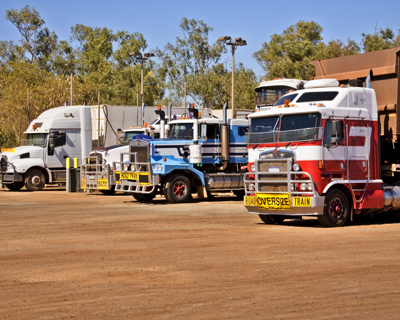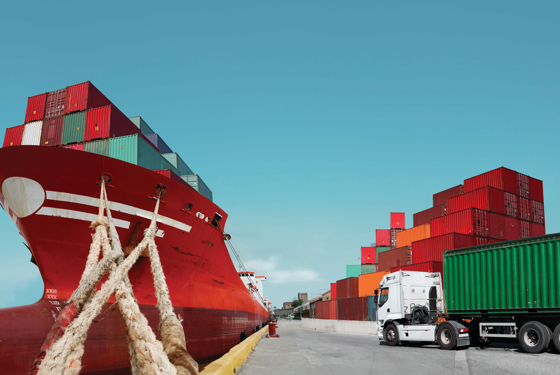Cargo Masterclass: Current Trends & The Shipping Journey Explained
Join our Marine insurance experts as they discuss the latest issues in the global cargo landscape, and what these mean for you and your clients. We'll also take a closer look at key stages of a typical shipping journey, exploring common risks, claims, and NTI's solutions along the way.








